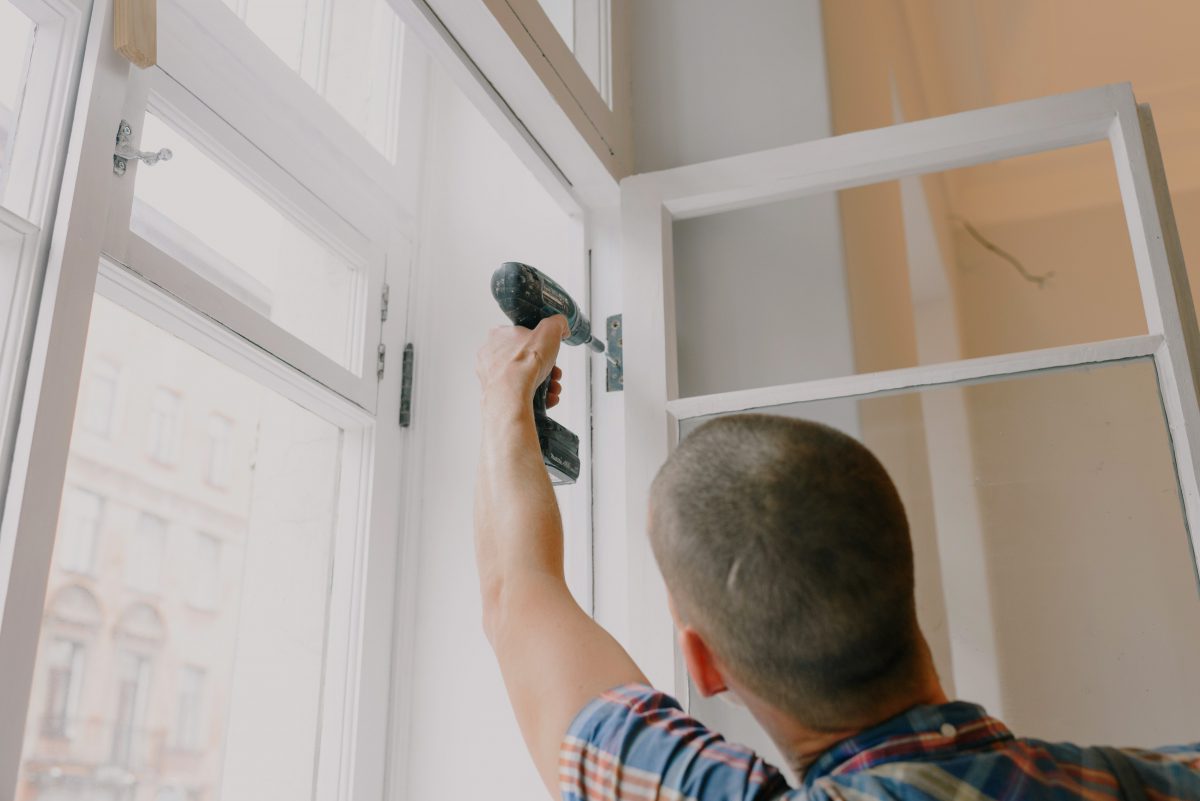Despite security deposits, normal wear and tear and more serious tenant damage is inevitable with any rental property. But, you should still implement simple strategies to prolong the life of your rental and minimize its repair expenses.
If you’re a landlord struggling to maintain your rental property, follow these tips to help you avoid costly tenant damage.
1. Conduct a thorough tenant screening.
Ensure that you carry out an extensive background check to see patterns of behavior. And, ask previous landlords for references whenever possible. Carrying out the proper checks beforehand may alleviate future tenant damage, especially if potential tenant has a past pattern.
2. Be specific in the rental agreement about tenant damage.
Address any actions that are more likely to cause damage in the tenancy agreement. Actions can include smoking, lighting candles, having pets, or using a water bed. A lot of the time general wear and tear and tenant damage can be accidental. Be sure to provide notices and guides to avoid such accidents and keep your property intact.
3. Create a guide to help tenants avoid the predictable damage.
It’s bold to assume that all tenants will know how to care for or use appliances within your rental property. Even if you’re certain everyone knows to clean the dryer lint filter after every cycle, you’d be overlooking a large portion of the population that’s never had an in-home dryer before. Try to create a rental orientation guide on these normal and obvious things to help with avoidable tenant damage. The more they know, the less unnecessary headaches for you to deal with.
For instance, tell your tenants to use furniture pads and soft-bristled vacuum attachments for hardwood floors. And, request that they avoid using sticky tack on walls, as it often destroys wall paint or wallpaper once removed. Sure, some of this is to reduce the impact of normal wear and tear items. But, remember, the small things cost you, too, and you can’t recoup from the security deposit on all these things.
4. Carry out routine property inspections to catch tenant damage early on.
Schedule time with your tenant where you can inspect the property and assess its overall condition. It’s always useful to conduct routine inspections to find early issues before they get serious. That is, before they become more expensive and more complicated to fix. Of course, don’t overdo it either if you have a good tenant, as some may see walk-through inspections a burden. Good tenants should want to renew the lease for another year, so don’t hassle them too much.
5. Consider tenant damage to furnishings and finishes.
Wanting your rental property to look its best is completely understandable, and this may help you charge more for rent. But, do try and pay attention to the furnishings and finishes that you choose for your property. Expensive furnishings and finishes are much harder to maintain, which can cause unnecessary trouble for both you and your tenant. Fancy finishes simply increase the likelihood of tenant damage. You can try opting for more heavy wear options such as: hardwood flooring over carpet, more durable countertops over soft marble, plastic shower walls and surrounds instead of grouted tile, and leather couches instead of fabric upholstery.
Need more assistance with screening potential tenants, creating effective rental agreements, and staying current with ongoing maintenance and repair work? Register free to let PropHub help you start achieving a seamless rental management experience today.

